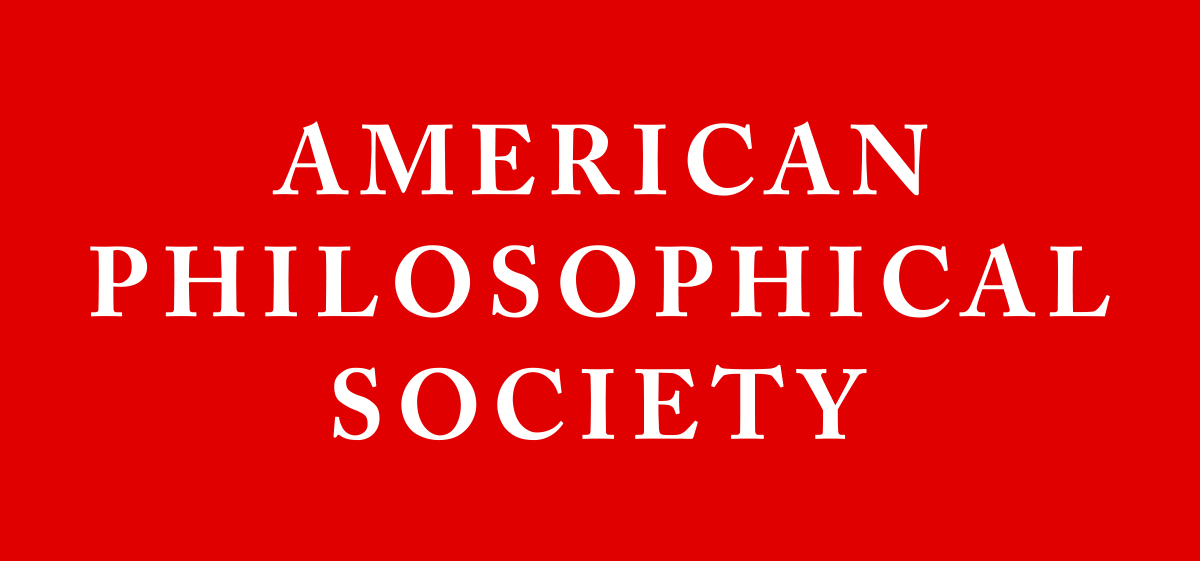Tobern Bergmann (336)
Election date: 1773 
Torbern Bergman (20 March 1735–8 July 1784) was a chemist, naturalist, and a member of the American Philosophical Society, elected in 1773. Born in Katrineberg, Sweden, Bergman studied mathematics, philosophy, physics, and astronomy at Uppsala University, graduating in 1765. Two years later he earned his doctorate and began lecturing at Uppsala. He became associate professor of mathematics (1761), then professor of chemistry (1767). Bergman corresponded with other great scientists of his age and became renowned for his work in chemical analysis and crystal structure. His early studies focused on the properties of rainbows and tourmaline crystals, and the aurora borealis, but most notably he detected Venus’s atmosphere during its transit in June of 1761. He was also one of the first to support the use of Benjamin Franklin’s lighting rods. Continuing to innovate, he organized a table of elements in order of their affinity which would be used for decades to come (1775), published the first comprehensive analysis of mineral waters (1778), and assisted in establishing a nomenclature and classification system for various chemical substances (1775–1784). Throughout his life, Bergman suffered from poor health, and would frequent the healing springs of Medevi, Sweden, for relief. He died there on a final visit.
Publication: London: printed for J. Murray, No. 32. Fleet-Street; and Charles Elliot, Edinburgh, [1785]
Subjects:Chemical affinity -- Early works to 1800.
Publication: London: printed for J. Murray, 1783.
Publication: Stockholm: Lars Salvius, 1764.
Subjects:Electricity. | Early works to 1850. | Lightning conductors.
Publication: [Florence?], [n.d.]
Subjects:Chemistry. | Early works to 1800. | Sugar. | Analysis. | Magnesium oxide. | Antimoniated tartar.
Publication: Leipzig: in Bibliopolio Eruditorum, 1782.
Subjects:Mineralogy. | Early works to 1800. | Mineralogical chemistry.
